Precious metals have enjoyed the status of currency and store of value for ages. In recent times, we rediscovered its investment potential when the economy went through a rough patch. One feature that sets them apart from other investment tools such as stocks, bonds, futures, and mutual funds is the way they perform in any market condition. This makes them an excellent addition to any investment portfolio.
The role of the precious metal in retirement funds is unique. It offers a distinct opportunity to diversify a retirement portfolio and balance its risk profile. However, regular retirement plans like 401 k or even the self-directed Individual Retirement Accounts (IRA) are not permitted by the Internal Revenue Service (IRS) to purchase precious metals bullion using retirement funds.
This is where a Precious Metals IRA comes into the picture. Read on to learn more about it.
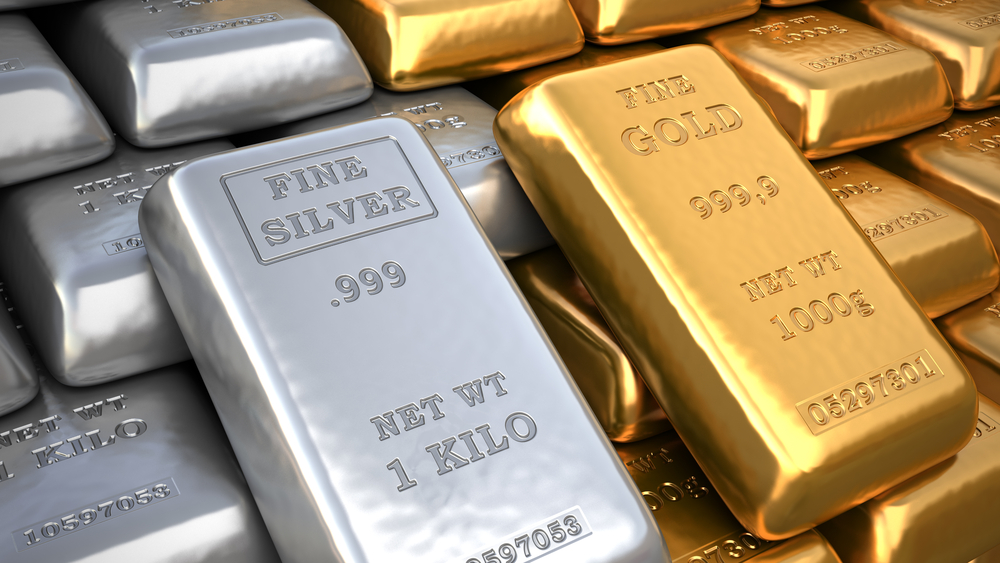
What is a Precious Metals IRA?
The Taxpayer Relief Act of 1997, one of the biggest tax reform acts in the history of the United States paved way for a special IRA that allowed physical precious metals as an investment choice. A self-directed special IRA allows investment in a variety of unconventional assets such as precious metals, real estate, and art, beyond the potential of a regular IRA.
A Precious Metals IRA is a self-directed Individual Retirement Account allowing investment opportunities in a select range of precious metals. This offers investors an opportunity to include some specific precious metals such as gold, silver, platinum, and palladium in the retirement portfolio.
Specifications of precious metals allowed
Even as there are restrictions on the kind of precious metals allowed in this special IRA, the selection is further narrowed down based on their weights, mint, and purity standards. The IRS prohibits the inclusion of numismatic coins including rare coins and coins of historic value in the IRA.
The Internal Revenue Code permits for inclusion in a Precious Metals IRA one, one-half, one-quarter, and one-tenth ounce U.S. gold coins, and one-ounce silver coins minted by the Treasury Department. However, not all bullion bars and coins in these weight categories are eligible for IRA investment as they do not meet the strict purity standards specified by the IRC.
The purity of gold needs to be 0.995 or higher, for silver 0.999 or higher, for platinum 0.9995 or higher, and for palladium 0.9995 or higher. The exception to the rule is the American Eagle coins, though they do not meet the 99.5% purity standard for gold.
Some of the popular mints permitted in a Precious Metals IRA are:
| Gold (0.995+ Purity Level) |
|
| Silver (0.999+ Purity Level) |
|
| Platinum (0.9995+ Purity Level) |
|
| Palladium (0.9995+ Purity Level) |
|
Some bullion coins NOT approved or MAY NOT be approved by IRS for IRA investing are:
- Chinese Panda coins
- South African Krugerrand coins
- U.S. Liberty coins
- United Kingdom Sovereign coins
- Austrian Corona
- British Britannia coins (pre-2013)
- Mexican Gold Peso coins
Further restrictions
In addition to the above conditions for eligibility, the precious metals bullion must meet the following minimum requirements:
- Must be free from damage and in uncirculated condition
- Small bullion bars must conform to exact weight specifications
- Must be in original mint packaging and have a certificate of authenticity
- Must be produced by an approved government national mint, refiner, manufacturer, or assayer that is accredited/certified by NYMEX, COMEX, NYSE/Liffe, LME, LBMA, LPPM, TOCOM, ISO 9000
Prohibited transactions and collectibles
Prohibited transactions as defined by the IRC are acquiring a collectible using IRA funds, keeping them for personal use or in physical possession.
A collectible as defined by the IRC is:
- Any work of art
- Any rug or antique
- Any metal or gem (with limited exceptions)
- Any stamp or coin (with limited exceptions)
- Any alcoholic beverage
- Any other tangible personal property that the IRS deems as a ‘collectible’ under IRC Section 408(m)
Consequences of prohibited transactions and investing in collectibles
An IRA account owner who acquires a collectible is deemed to have received a distribution in the year the collectible was acquired. The amount of the distribution is the cost of the collectible at the time of acquisition. This distribution is taxed as ordinary income. However, a 10% penalty on early withdrawal may apply if the participant is under age 59½ years.
A prohibited transaction can result in double taxation. The price of the collectible is treated as a distribution and income tax levied at the time of purchase. When the collectible is actually distributed by the plan, either in kind or after liquidation to the investor or their beneficiaries, it is again treated as income and hence taxed. The IRS doesn’t allow any deduction or credit for the tax paid at the time of purchase. And, there is no provision to increase the basis of the IRA by the amount for which tax/penalty was paid earlier.
Why include precious metals in your retirement portfolio?
Diversification is key to minimizing the risk profile of any portfolio. The same applies to a retirement portfolio as well. This is more so for investments whose behavior deviates from the rest of the portfolio. Investments that are divergent in performance brings balance to the portfolio, besides bringing down the investment volatility and risk characteristics.
Precious metals bring these positive features to a portfolio. They have proved their worth as an investment when the economy is in bad shape. When inflation gets out of control or when the US Dollar faces the consequences of depreciation or devaluation, the price of precious metals has displayed an upward trend. That is, the performance of precious metals is in direct contrast to that of ‘paper investments’ when the economy is stressed.
That doesn’t mean that the precious metals do well only when there is economic turbulence. A healthy streak in the economy is a driver of precious metals price. The price of precious metals is influenced by multiple factors including supply and demand. The allure of precious metals is the x-factor that keeps the demand high and steady, thus insuring it against drastic falls. History has demonstrated that any fall in the price of precious metals is temporary.
Here are some reasons to include precious metals bullion in your portfolio:
- Precious metals are an excellent hedge against economic volatility, inflation, and depreciation/devaluation
- Demand for precious metals doesn't diminish when the economy is on an upswing
- An upward trend in interest rates need not necessarily impact their demand and thereby their price
- Limitations in the production/supply of gold keep the price of precious metals in balance
How to set up a Precious Metals IRA?
Before you start the process of opening a Precious Metals IRA, you need to decide where the funding for it is coming from – whether from an existing retirement account like a 401 k or IRA or as a cash contribution. You can transfer a part or whole of an existing IRA to a Precious Metals IRA. Whichever method you are adopting to get funding for your new IRA, the first step would be to find an IRA company.
1. Select a custodian
The IRS has made it mandatory for Precious Metals IRA to be managed by a trustee/custodian. While a trustee is a fiduciary who is expected to make investment decisions, the responsibility of a custodian is limited to carrying out your instructions. This step requires a great deal of attention and research to find a trustworthy company. A reliable company can make all the difference to your retirement years.
While choosing a company, make sure that they are IRS-approved. It may help avoid stress and heartburn if you do a background check. Many business directories and rating agencies offer in-depth analysis of IRA custodians. You can also ask in the friends and family circle for advice and recommendations. The administrative fees a company charges and the services included in it should be considered before selecting a company.
Read more about role of Gold IRA custodian here
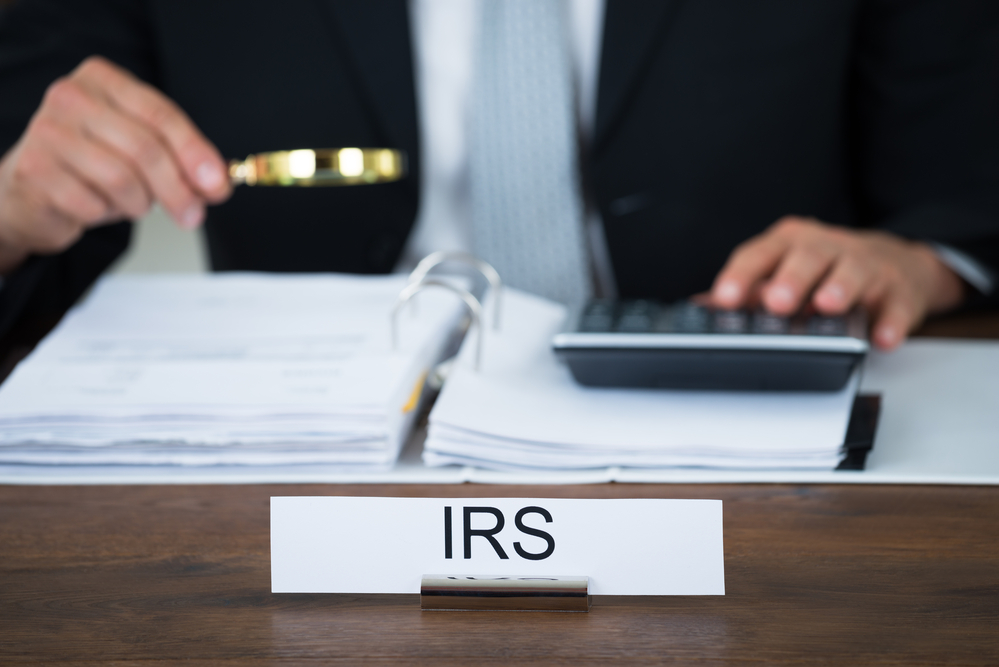
2. Decide whether Traditional or Roth IRA
The next big decision is about the type of IRA you want to set up. The choices available to you are Traditional and Roth. While a Traditional IRA is funded with non-taxed money and tax is levied at the time of distribution, a Roth IRA is funded with the pre-taxed amount, making the distributions tax-free.
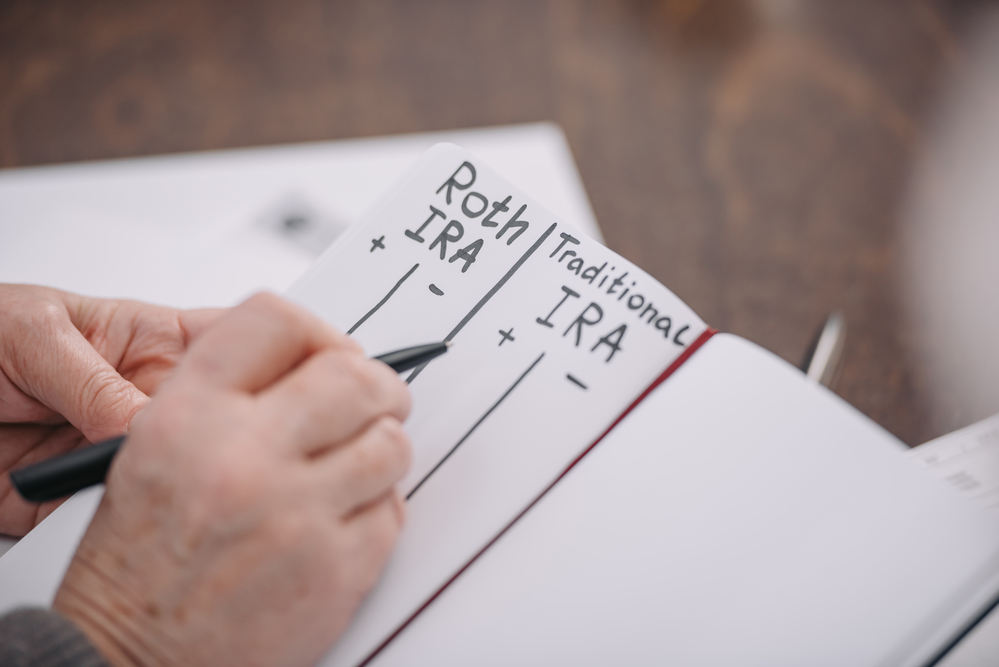
3. Add funds
Funding your IRA is a bit tricky as the IRS has strict restrictions in place for contributions. The total monetary contribution across all IRAs is limited to $6,000 in a year for those aged 50 years or less and $7,000 for those above 50 years. This means to build up sufficient funds in the IRA you need to rely on rollover from your other IRAs and retirement plans like 401 k. While the direct transfer is a simple method to transfer funds/assets, an indirect transfer is a more complicated method involving taking a distribution from an existing retirement account and depositing it in the new IRA. Indirect transfer, when completed within 60 days, doesn’t attract taxation or penalties.
Learn more about Gold IRA Rollover.
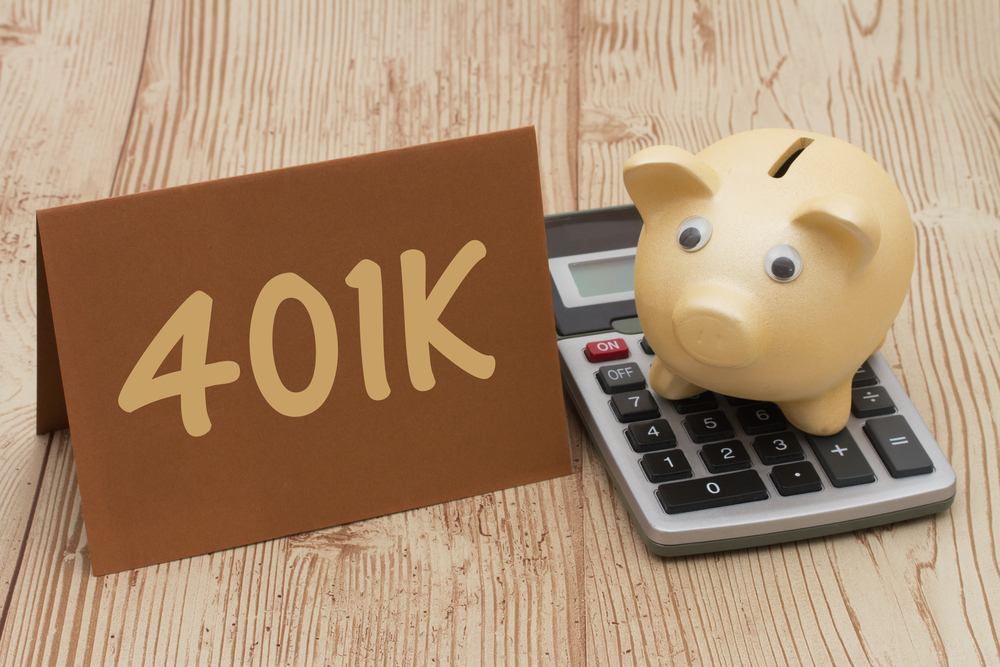
4. Choose a precious metals dealer
Once the account is set up and the funds are in place, the next step is to find a dealer to buy the precious metals bullion. Again, doing some research will help in avoiding unpleasant experiences. If you are particular about the kind of bullion product you want in your account, ensure the precious metals dealer has it. Don’t fall for the overselling and pressure tactics adopted by some metals dealers. Take care to avoid collectibles which many metals dealers promote vigorously by misleading you to believe that they are approved by the IRS to be in an IRA.

5. Decide the bullion products to buy
The IRS has approved only limited bullion products for each precious metal in an IRA. The restrictions are based on the purity of the metal and mint among other factors. Before you buy make sure that the chosen bullion product is eligible to be held in an IRA. If not, the penalty is very severe as described earlier in this article.

6. Pick a depository
The final step is to find an IRS-approved safe storage facility to keep bullion products. The IRS has prohibited account owners to keep them at home or in their physical possession. In fact, the investor should take care not to take possession of the bullion items at any time, however brief it may be. Many IRA companies have arrangements with storage facilities for the safekeeping of the IRA assets. At times, you may even find an IRA custodian including storage fees as part of their annual fees.
Depositories are either onshore or offshore, storage facilities are segregated or non-segregated. Take your pick and you are set. The bullion you bought in your IRA is transported directly to the chosen storage facility and kept there until it is time for distribution or closure of the IRA. You are allowed to visit the storage facility and inspect your assets at any time.
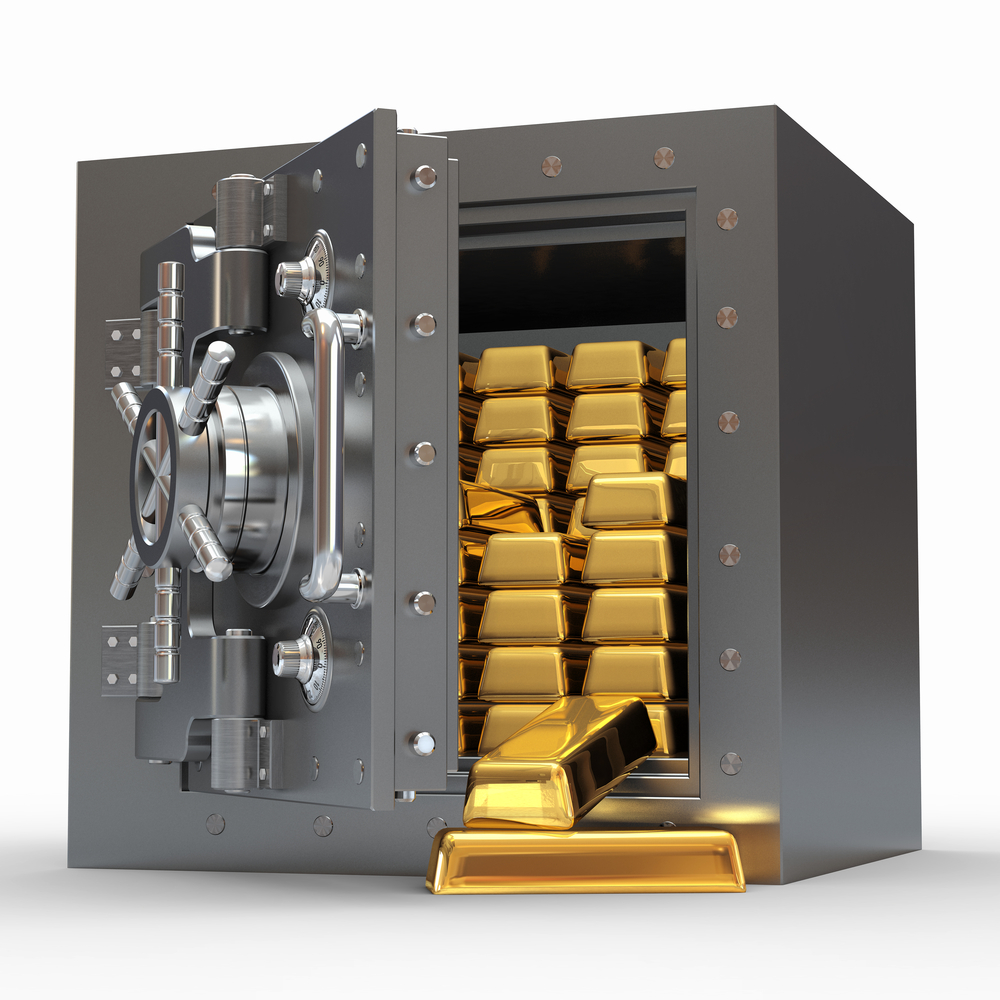
What is the optimum allocation of precious metals in a retirement portfolio?
The glitter of gold is often blinding to an investor. Just because something is advantageous doesn’t mean you pile it up. Precious metals provide balance to a portfolio by stabilizing its risk ratio and volatility. When you go overboard with precious metals in your IRA, you end up upsetting its balance and undo its positive influence in the portfolio.
This leads us to the question of how much is the right allocation. There is no single correct answer to this. It depends on the availability of funds, constraints due to minimum distribution commitment, the perspective of the investor, and the willingness to take risks.
It is said to be lightly allocated when the percentage of precious metals in the portfolio is in the range of 5% – 10%. The investor’s outlook of the economy is positive yet cautious and want to have precious metals for its balancing act.
When the investor is more worried about where the economy is heading and is aware of the imminent political changes and ensuing policy changes, the investor is more likely to take more risks and opt for a moderate allocation for precious metals in the portfolio. This will be in the range of 15% – 25%.
An investor with a very dark economic outlook may go in for a heavily allocated portfolio. In this, the percentage of precious metals would be 30% – 50%. An investor should be aware of the immense risks involved and must have the experience and expertise to handle this. Moreover, the investor should be constantly monitoring the investments and able to analyze the situation and take fast decisions to make the most of it. As the price of precious metals rises or falls significantly, the investor should rebalance the portfolio without delay, else things are bound to get out of hand. Inexperienced and beginner investors are strongly cautioned not to opt for this allocation.
Experts advise a moderately allocated portfolio with periodic monitoring as the ideal choice.
Bottom Line
Now that your Precious Metals IRA is set up with funds and assets safely stored in the depository, it is time to track the price of precious metals and liquidate your assets when the price is favorable. As long as the proceeds remain in the IRA, there will be no tax consequences. The IRA is tax-deferred with the additional benefit of no capital gains tax. Instead of liquidating your assets, you may take them out as distribution at any time paying income tax for its market value.
Physical precious metals are not the only investment choice available in a Precious Metals IRA. Gold-related mutual funds, mining stocks, gold bonds, and ETFs are also there for you to take advantage of. However, all these are paper investments and are swayed by the volatility of the stock market and do not offer the full benefit as the physical form of the metals.
Related Article:
